|
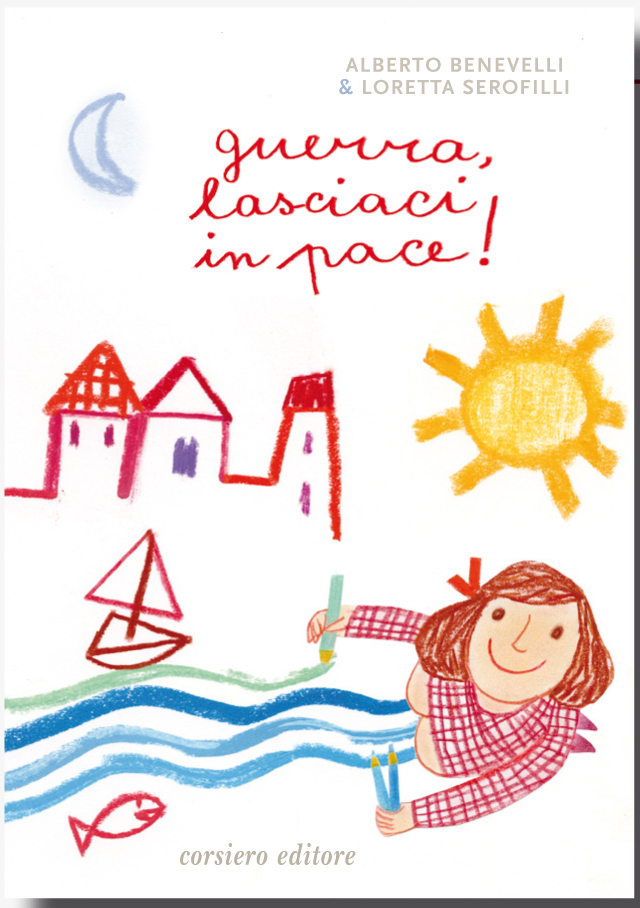 |
|
| Alberto Benevelli |
|
| War, leave us in peace! |
|
The teacher entrusts the schoolchildren with the task of writing something wonderful to someone: each child can choose the recipient. A little girl decides to write something wonderful about the war.
|
|
|
|
|
|
|
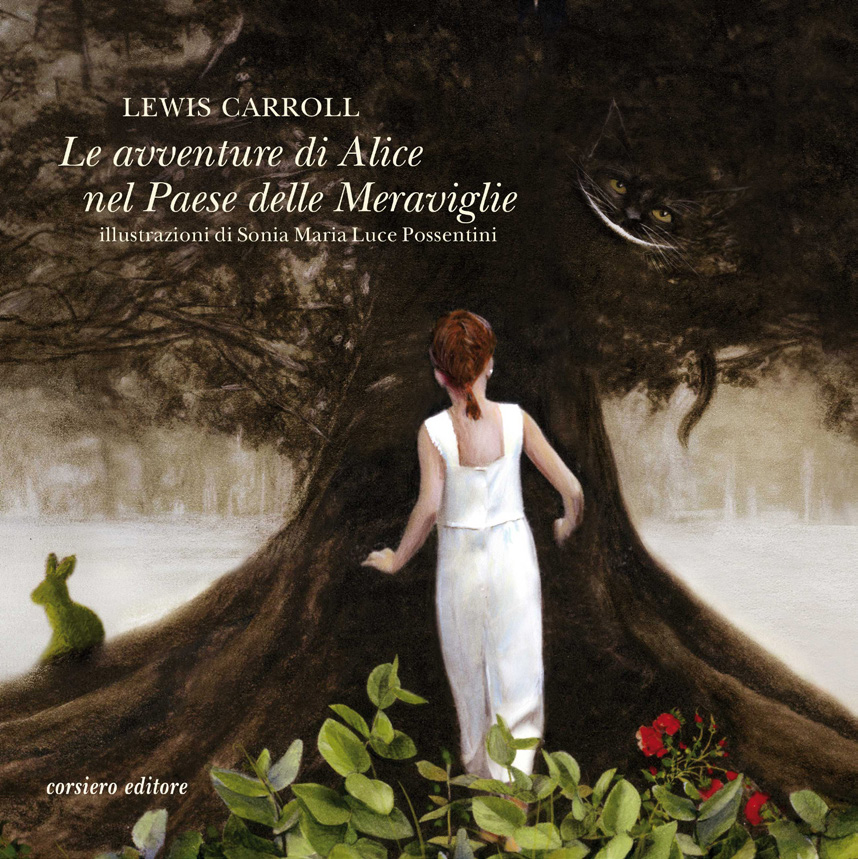 |
|
| Sonia Maria Luce Possentini |
|
| Alice’s Adventures in Wonderland |
|
ALICE was beginning to get very tired of sitting by her sister on the bank, and of having nothing to do : once or twice she ad peeped into the book her sister was reading, but it had o pictures or conversations in it, “and what is the use of a book,” thought Alice, “without pictures or conversations ?”
|
|
|
|
|
|
|
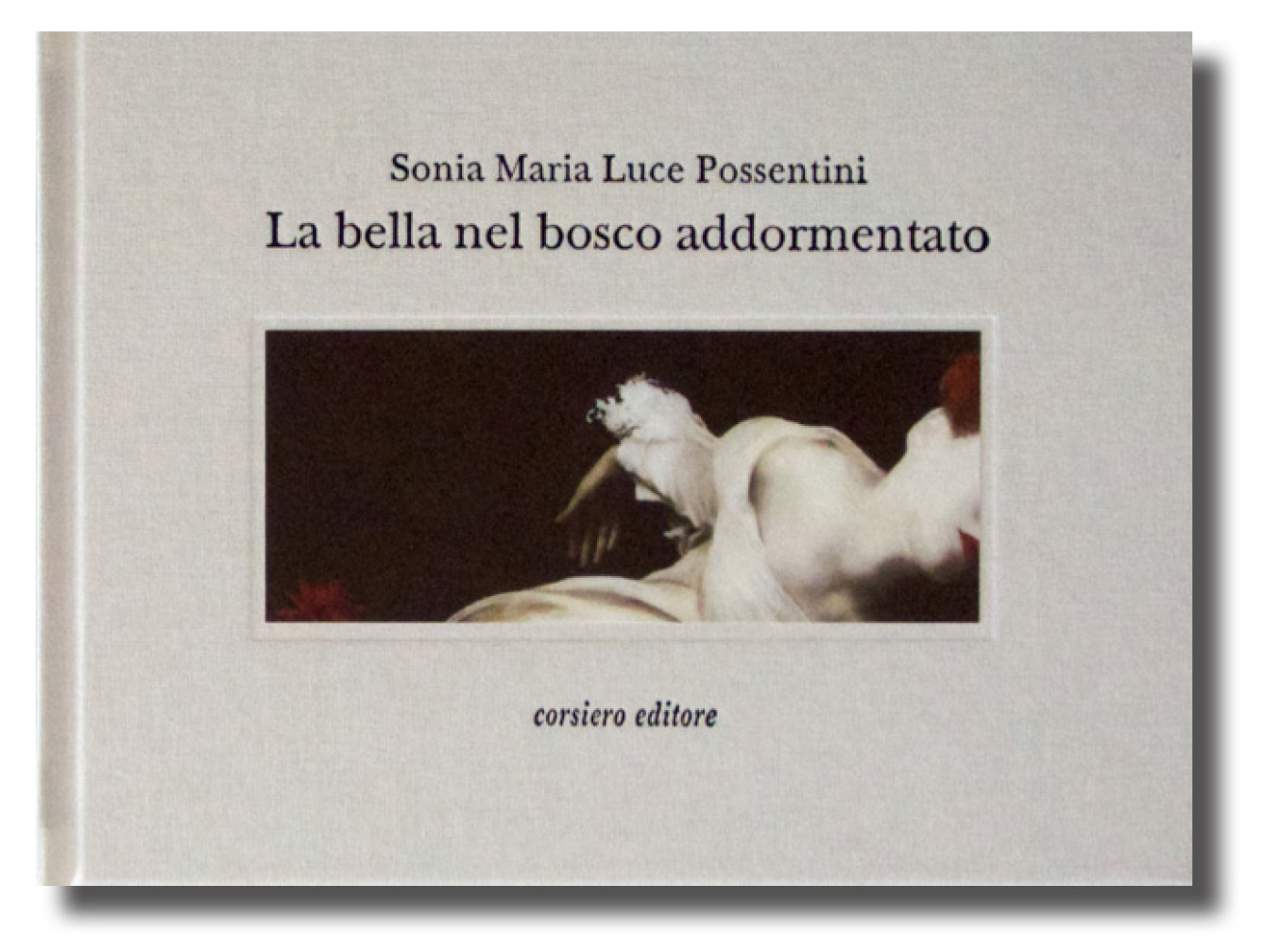 |
|
| Sonia Maria Luce Possentini |
|
| La bella nel bosco addormentato |
|
In the rewriting of this fairy tale of European tradition, the strong colours of the Baroque version of Cunto de li cunti by Basile, the romantic elements of the Grimm brothers, the Anglo-Saxon elegance of the Pre-Raphaelites and certain Gothic suggestions at Tim Burton are mixed.
|
|
|
|
|
|
|
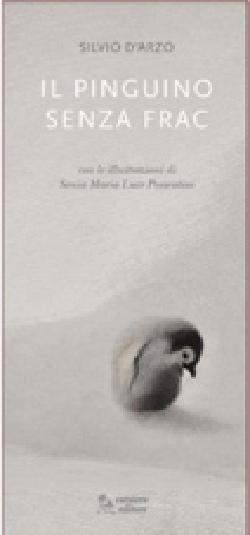 |
|
| Silvio D Arzo |
|
| The Penguin Without a Tux |
|
What follows, boys and girls, is the story of poor Limpo and how, one fine day, even he managed to have his tux. And if your teacher by chance might say that this story is a bit strange and that these things never happen, well: too bad for him, I am sorry.
|
|
|
|
|
|
|
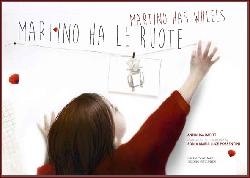 |
|
| Annalisa Rabitti, Sonia Maria Luce Possentini |
|
| Martino ha le ruote |
|
Children fascinate us, because they are like thoughts, clear, confused, light, deep, true. Children force us to think to be able to understand them. These are the most beautiful thoughts we can have: the most human, because they represent the emotional experience on which life is founded, being in the world and part of the world.
|
|
|
|
|
|
|
|